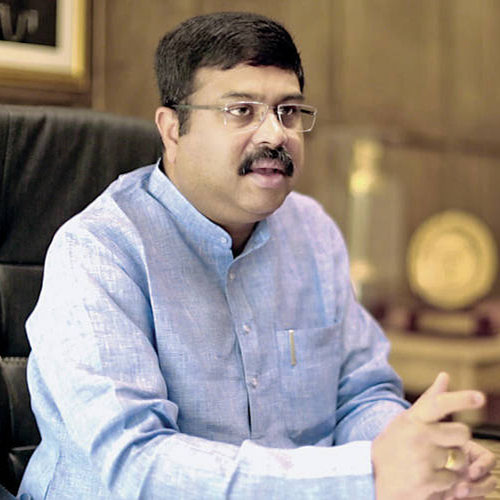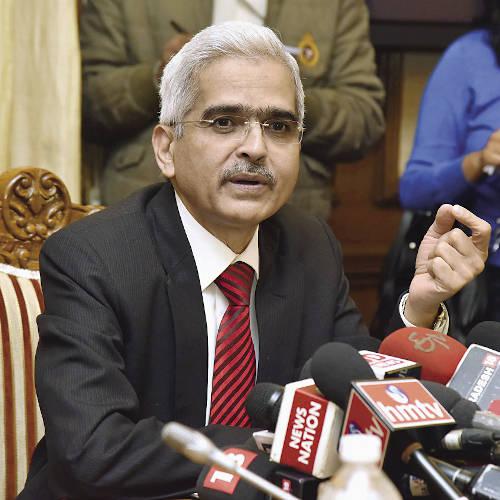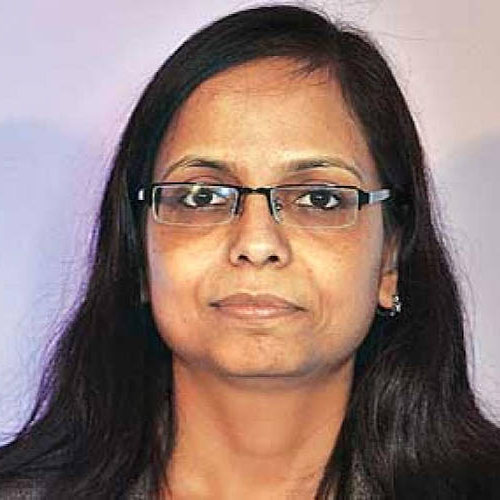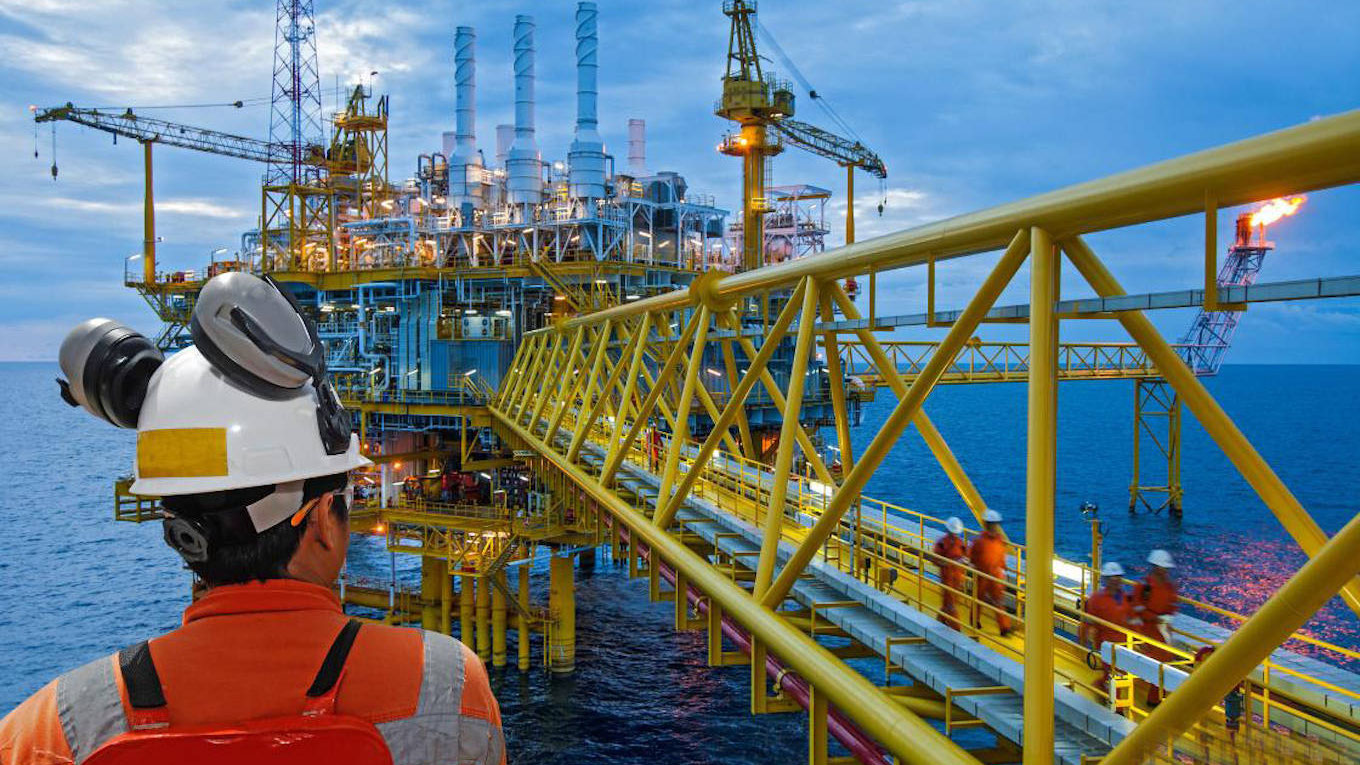-

India is at the mercy of petroleum exporting countries which, on their part, try to keep the price of crude as high possible. And to achieve this, they generally enter into agreements to keep the production lower. Dharmendra Pradhan, Union petroleum minister, has made some futile moves, like urging the producers’ group OPEC to ease output curbs to fulfil their promise of stable oil prices and seeking alternate sources of supply.
But oil prices have been anything but stable. The price of crude during March 2020 was $32.01 a barrel. During November 2020-March 2021, the price was on a steady rise – at $42.69, $49.99, $54.77, $62.28 and $65.41 respectively. International oil prices have soared to a two-year high above $75 a barrel as demand bounces back from the pandemic slump.
Of course, the government can ask oil marketing companies (OMCs), which fix the price of end-products based on their own cost of production plus reasonable margin of profit, to cut down prices. But it dreads a replay of the administered price regime, when the companies were facing losses and they had to be bailed out using taxpayers’ money. So, the OMCs now have a relatively free hand and are in no mood to absorb the increased imported price of raw crude to help the end-consumer.
Yet another problem is that oil refining companies are importing crude by paying in dollars. During the last one year, the rupee has depreciated by 1.75 per cent and this has to be naturally loaded into the retail price of petroleum products. Besides, the cost of refining and distribution up to the last mile has been on the rise.
To borrow, or to tax?
Finally, there is the role of Central and state taxes. Central excise duty accounts for 39 per cent of the price of petrol and 42.5 per cent of that of diesel. After considering local sales tax or VAT, the total tax incidence is about two-thirds of the retail rate. The public expect that the taxes should be reduced by the government, so as to offset the increase in crude price. So far, the government has disappointed the public.
The government argues that it needs funds for its various activities and the avenues open are either to borrow or to tax. It is prudent to tax where the leakage is minimum and where it is easier to administer. Tax on petroleum products is easy to administer and the chances of tax evasion are remote.
As petro products are not under GST now, the Central and state governments tax them separately. State governments expect the Centre to reduce its tax. Finance Minister Nirmala Sitharaman had argued that, if the Centre reduces the tax, some state governments may increase their tax to fill up their coffers and, thereby, nullify the cut. At least when the tax is on petro products, the users pay the tax without any cross-subsidy by others.
The government is under pressure to bring petro products under GST. It has so far argued that there is no point is reducing the tax on petrol and diesel and increasing it on other items. After all, there is a limit to how much it can loosen its purse-strings.
India’s crude oil imports in December soared to their highest level in nearly three years to about five million barrels a day, as the refiners cranked up output to meet a rebound in fuel demand. The government’s argument is that as crude imports involve huge outflow of foreign exchange, consumption of petroleum products cannot be encouraged by artificially lowering the price. Also, only when the price is high, there will be incentive to look for alternative sources of energy. People must accept the reality and either be willing to pay more or reduce their consumption.
-

Das: blame it on the supply-side restrictions
Though the government has rejected the demand for a price cut in fuels, the growing worries about inflation at the top policy levels recently got highlighted by the release of the minutes of the latest MPC meeting. “Inflation rates have been consistently well above the midpoint of the tolerance zone for an extended period and are forecast to remain elevated for some time,” writes Jayant R. Verma, external member, MPC, and a professor at the Indian Institute of Management, Ahmedabad. “Moreover, survey data and other indicators show that businesses have no difficulty in passing on cost increases to consumers, and are able to maintain (and even expand) their margins.”
Mridul Saggar, executive director, RBI, concurs: “As a baseline, inflation is expected to stay elevated from the target but below the upper tolerance level through the year. However, the probability distribution indicated in the fan chart shows that risks of breaching the upper tolerance level are not insignificant. But for the extra-ordinary circumstances that prevail, we would have moved to a neutral stance long back.” He goes on to say, “We can continue to support growth for now, as the flexible inflation targeting framework allows temporary deviation from the target so long as inflation is expected to be within tolerance bands.”
The argument of almost all MPC members was that inflation is driven by supply-side restrictions and not by demand. But the key question that needs to be asked of the RBI is: will not the increasing liquidity in a supply-constrained milieu jack up the prices even more?
There are reports that, though the MPC members can’t vote on liquidity, which is the RBI’s domain, they are likely to request a change in the ultra-accommodative stance of the central bank at the next meeting of MPC in August. Governor Das has opened the liquidity tap, perhaps at the bidding of the government, but he can’t continue sloshing liquidity unconcerned about the side-effects. Many in the market believe the RBI may have been arm-twisted against its better judgment into coughing up a large dividend. An RBI dividend is nothing but money printing.
Ultimately, it is RBI and the government who should be really concerned about the rising inflation. With the government not doing its part, it is possible that the RBI is worried. “The outlook for energy inflation is the main upside risk, especially as the timing and magnitude of reflation of global demand to pre-pandemic levels is uncertain,” writes Patra. “This warrants close and continuous watching, with preparedness to take countervailing action in the form of duty/tax reductions.”
The government would do well to listen to this sage advice and cut not only fuel excise but also some tariffs. “My judgment is that the policy has worked well in dampening scarring, limiting job losses, generating wealth effects from higher asset prices, thus supporting incomes and consumption under some very difficult circumstances,” Saggar points out. “Its continuation for long, though, carries the hazard of unintended consequences as incomes may instead fall in real terms worsening its distribution as well.”
-

More tax, more revenue
There is a view that the government has got greedy, seeing the inflow of revenue by way of Central excise duty from petrol and diesel. In 2014-15, when Modi first came to power, the Central excise duty collected was Rs29,279 crore on petrol and Rs42,881 crore. Between April 2020 and January 2021, Rs89,575 crore had been collected as excise duty on petrol and Rs2,04,906 on diesel. This is more than a 400 per cent increase.
“By not reducing taxes the government is able to earn higher revenue and we have seen last year that the excise collections were much higher than what was targeted,” says Madan Sabnavis, chief economist, CARE Ratings. “It was primarily because of petrol, diesel, tobacco and liquor. These are not part of GST. Since the government is getting higher revenue, the government is able to spend it on relief work or any kind of social welfare programme. So, we cannot really contest the government here. But when fuel prices go up, it has a serious secondary impact on the economy.”
The rise in fuel prices is increasing transportation costs across the country and even if crude prices drop this may not come down. Considering that almost every single commodity is transported by road at some stage, transportation costs are embedded into all costs. “Even if the price of crude oil drops, the fare for taxis does not come down,” explained Sabnavis. “This is because they are protecting their standard of living. Hence the transportation costs that get embedded here will not reverse the moment the prices of fuel come down. That is a serious problem.”
While, seven years ago, crude oil price constituted two-thirds of the fuel price, now taxes and other levies occupy this pace. “Previously governments have reduced tax rates,” he said. “Alternatively, oil marketing companies provide certain subsidies by reducing their profit margin. But in the current situation, nobody is doing that. As crude oil prices increase, fuel prices also increase. So, today, everybody is profitable except the consumer.”
Ultimately, such an approach will hurt the government most. The government needs to realise that lowering inflation has to be a joint responsibility along with the RBI. If the government doesn’t do its bit by cutting duties and on the contrary demands greater monetisation, it will be the bigger loser. As for the RBI, a CPI that is continually above the tolerance band of 6 per cent can hurt its credibility and the economy, perhaps even lead to a stormy MPC in August. More importantly, there are seven states where assembly elections are due in 2022. Even Modi’s famed oratory and the BJP’s unlimited resources will not tame the political anger against rising prices.





































